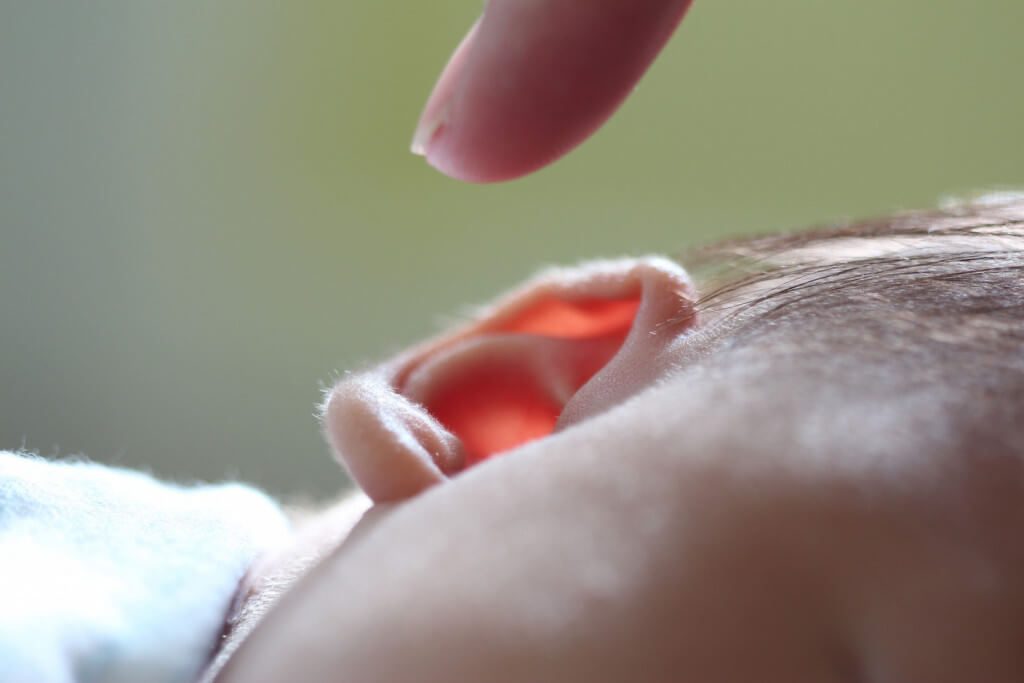Doctors in Chennai, India are working on 3D printing transplantable ears. They’ve recently been successful in growing ear cartilage in a culture flask and proving it continues to grow once implanted in rabbits.
For a couple of years, researchers from the SIMS Hospital and SRM University in Chennai, India, have been working on a 3D printed research project which could help children born with ear related birth defects.
The researchers have been growing ear cartilage cells in a culture flask and implanting the results. To do this, they are using 3D printing.
There has recently been a breakthrough in this study. The researchers explained in a press release that their experiments show after cells are implanted in rabbits, they continue to grow.
Previously, similar experiments failed due to the ear being unfit for transplantation and unable to survive. Although this means they can grow ear cartilage framework in an animal and is a promising start, they still have a way to go. In fact, more tests must be done and medical literature also needs to be published, they explain.
3D Printing Ear Cartilage to Help Children with Birth Defects
To begin this project, a small sample of ear cartilage was taken from a rabbit’s ear. In the lab, the researchers would extract cells from the sample. These were grown with the help of nutrients and other components to support the growth.
After a sufficient amount of growth was complete, the researchers moved the cells to a 3D printed scaffold made from bio-compatible, bio-degradable material in the shape of a human’s ear.
Next, after the cells were added to the 3D printed ear frame, they continued to grow for another week. Finally, after the cells reached a sufficient number, they were implanted into the rabbit from which the researchers took the cartilage sample.
“We kept it under the skin in the rabbit’s abdomen for three months. We also left an empty scaffold on the other side of the abdomen,” said Dr. Shantanu Patil, head of translation medicine department, SRM University.
After this time was over, a vet removed the scaffold. Dr. Patil continues: “A large part of the scaffold had disappeared. If we had left it for a little longer we would have had better results. We are now using this sample to check on the tensile strength and other mechanical properties.”
The researchers now intend on testing the process further. In fact, the Committee for the Purpose of Control and Supervision of Experiments on Animals (CPCSEA) is giving them permission to test on 18 more rabbits. The plan moving forward is to give more time for the frame to dissolve and see whether the cartilage will become more stable.
Other teams are also working on creating ears in the lab. Check out how researchers in China bioprinted the first ears from children’s cells.
Source: Times of India
Website: LINK


Schreibe einen Kommentar
Du musst angemeldet sein, um einen Kommentar abzugeben.